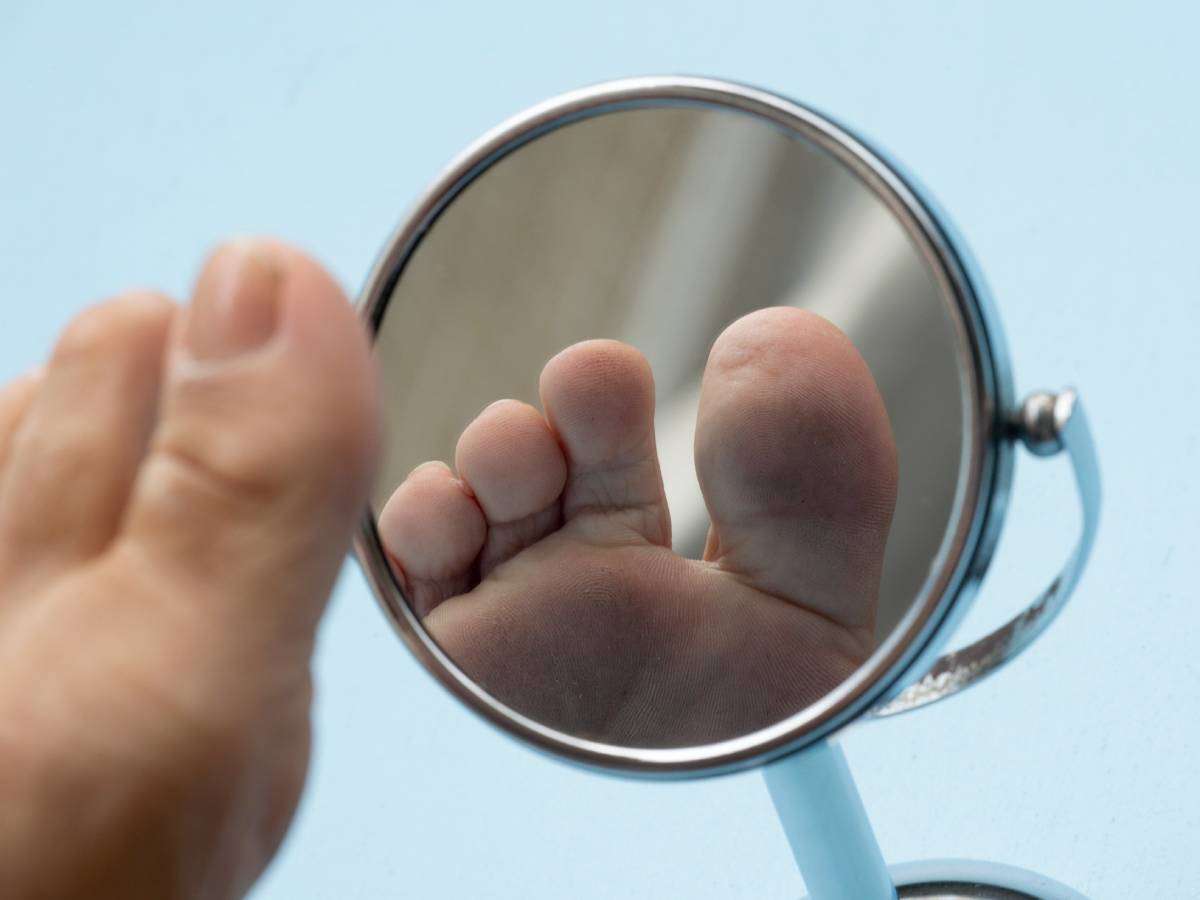For years, I’ve purchased sneakers and tennis shoes purely on looks.
But I recently traded bicycling for walking as my preferred form of exercise, so I decided I needed a good pair of walking shoes — real walking shoes.
During the shopping process, I found some running shoes that I liked and a few pairs of walking shoes.
So I set out to determine if walkers should really wear walking shoes, or if walkers can benefit from wearing running shoes as well.
Here’s what I found…
Many people walk in running shoes. And a few people even run in walking shoes.
But it turns out the type of shoes you buy (walking vs running shoes) really does matter.
Here are some of the biggest differences between walking shoes and running shoes that are important to those of us who walk for exercise…
A Runner’s Shoe Requirements
Running places quite a bit more strain on the body than walking does.
For example, while walking places the strain of between 1 and 2 times your body weight on the feet with each step, running puts 2 to 3 times your body weight on the feet.
When running, this weight is always supported by just one foot. When walking, you have both feet on the ground for part of the stride.
For this reason, running shoes require a lot more support to protect your body from those constant jarring steps — which occur up to 700 times each mile on each foot.
In addition to the extra cushioning in the heel and forefoot, particular biomechanics of the individual runner must be taken into account — such as arch height, pronation, and whether they are heel strikers or mid-sole strikers. Choose running shoes based on your own feet and stride, otherwise, you’ll be more likely to experience injuries or turn a slight problem into a major one.
A Walker’s Shoe Requirements
Walking, on the other hand, is a much gentler sport and not so harsh on the body.
So can you just wear running shoes while walking?
Probably. But walking shoes are designed to cater to the particular mechanics of walking.
Walkers always strike on the heel, then roll through the arch and push off on the ball of the foot. Walking shoes take this into account by providing better cushioning at the heel and greater flexibility in the mid-foot and ball of the shoe. You will still want to take into consideration your arch (or lack thereof, in my case) when choosing walking shoes.
4 Main Differences Between Walking Shoes vs Running Shoes
These are the major differences between the 2 types of shoes, based on a runner’s needs and a walker’s needs:
- Heel Height – Runners differ on where they strike the ground (front part of the heel, midfoot area, or ball of the foot), so the heel is built-up various amounts to support each of those running styles. Walkers usually strike the ground with their heel, so the heel is less built-up to accommodate most walking styles.
- Heel Flare – Runners need greater heel flare for added stability. Walkers need narrower heels for a smoother stride.
- Cushioning – Runners need more in the heel and forefoot. Walkers only need it in the heel.
- Flexibility – Runners differ on whether they need the most flex (bend) at the forefoot, arch, or midfoot. Walkers usually push off with their toes, so the shoe should flex (bend) most at the forefoot. Running shoes typically have thicker soles than walking shoes and they will flex in one of the 3 most important places: forefoot, arch, or midfoot.
Here’s a good summary and photos which demonstrate the differences between walking shoes vs running shoes.
Making Your Final Decision
To find a pair of shoes that are comfortable for your particular activity, you must try them on first. And be sure to walk or jog (as much as you can inside the store) to get a feel for them.
Once you get outside, you will be taking hundreds of steps each mile — so any tiny little annoyance is going to grow into a large nuisance on the road.
If it comes down to two pairs and you can’t decide, put one on each foot. Any differences will immediately become apparent.
It’s best to be properly fitted for walking shoes or running shoes. That way, the unique characteristics of your feet and your stride can be taken into account, and you’ll know that the shoes you bought are the ones that truly do fit you best!
In the end, walkers can usually get away with walking in running shoes, but runners shouldn’t try to run in walking shoes. (In a pinch, maybe. But not as a rule.)
If you like to mix walking and running in your workout, then you should definitely choose a running shoe — just consider the particulars of walking when making your final selection. Make sure the running shoe you’ve chosen has a good heel cushion and a heel cup that fits snugly to prevent blisters. Also, you don’t want a stiff shoe, so choose a pair of running shoes with the extra flex needed for the ball of the foot as you push off during walking.
I ended up getting the ASICS GT-2170 gel running shoe for the reasons mentioned in this video — it’s lightweight, with very light support, gel cushioning, and designed for overpronaters like me. Here’s the ASICS gel walking shoe.
Hopefully, these tips will help you choose the best pair of shoes to walk in, as well!




